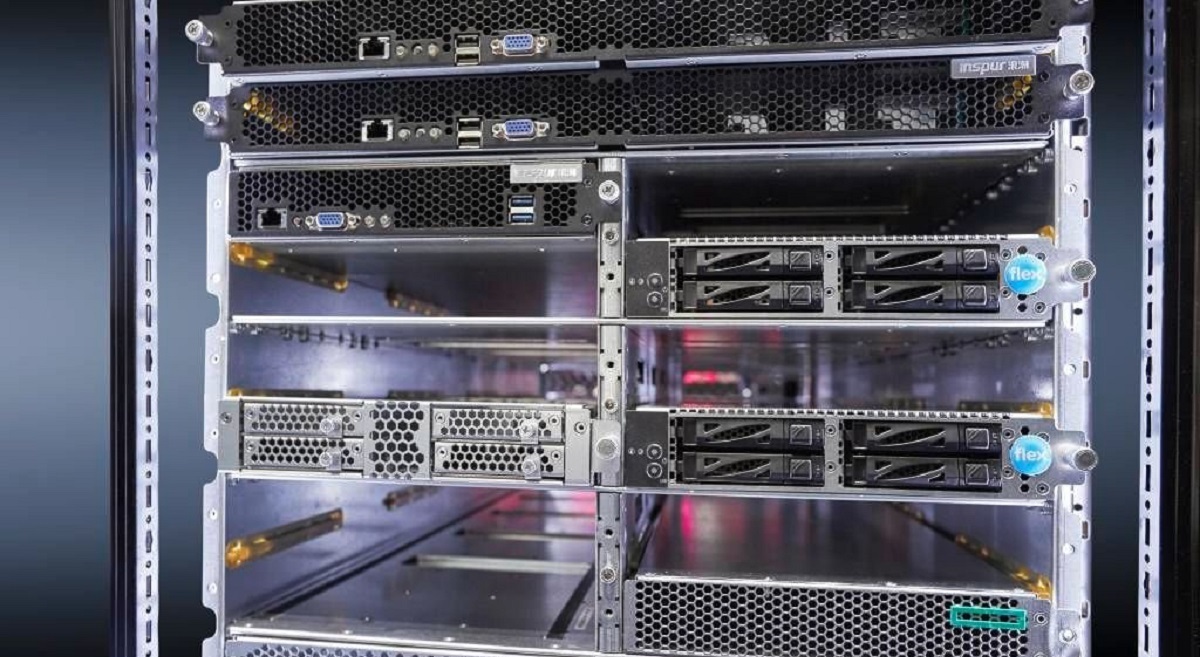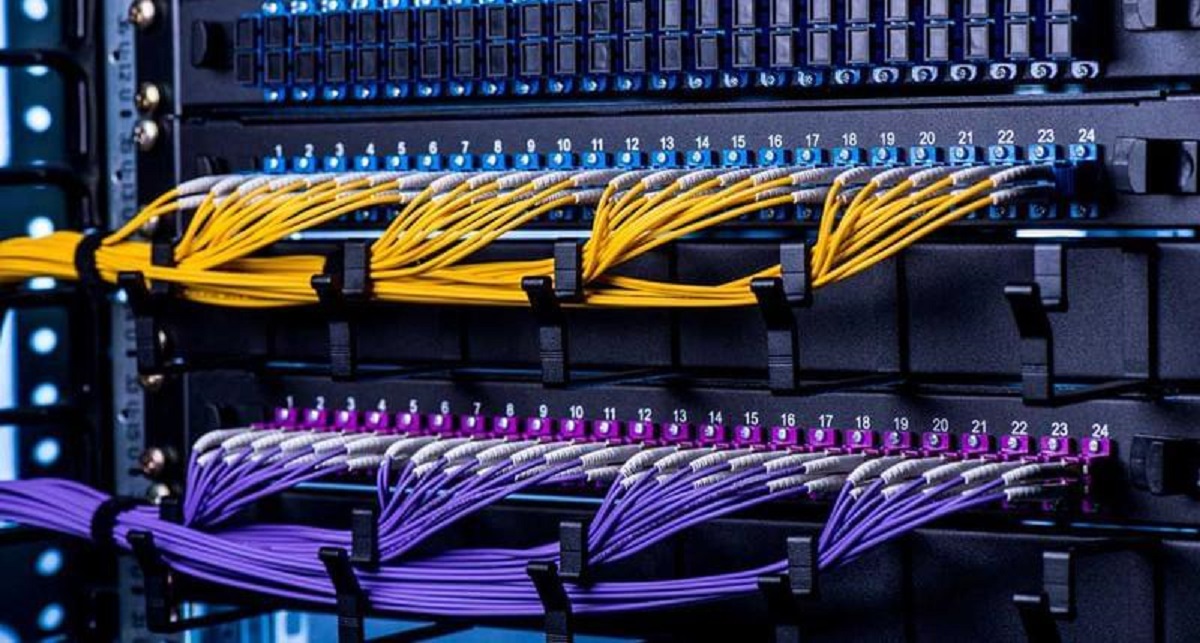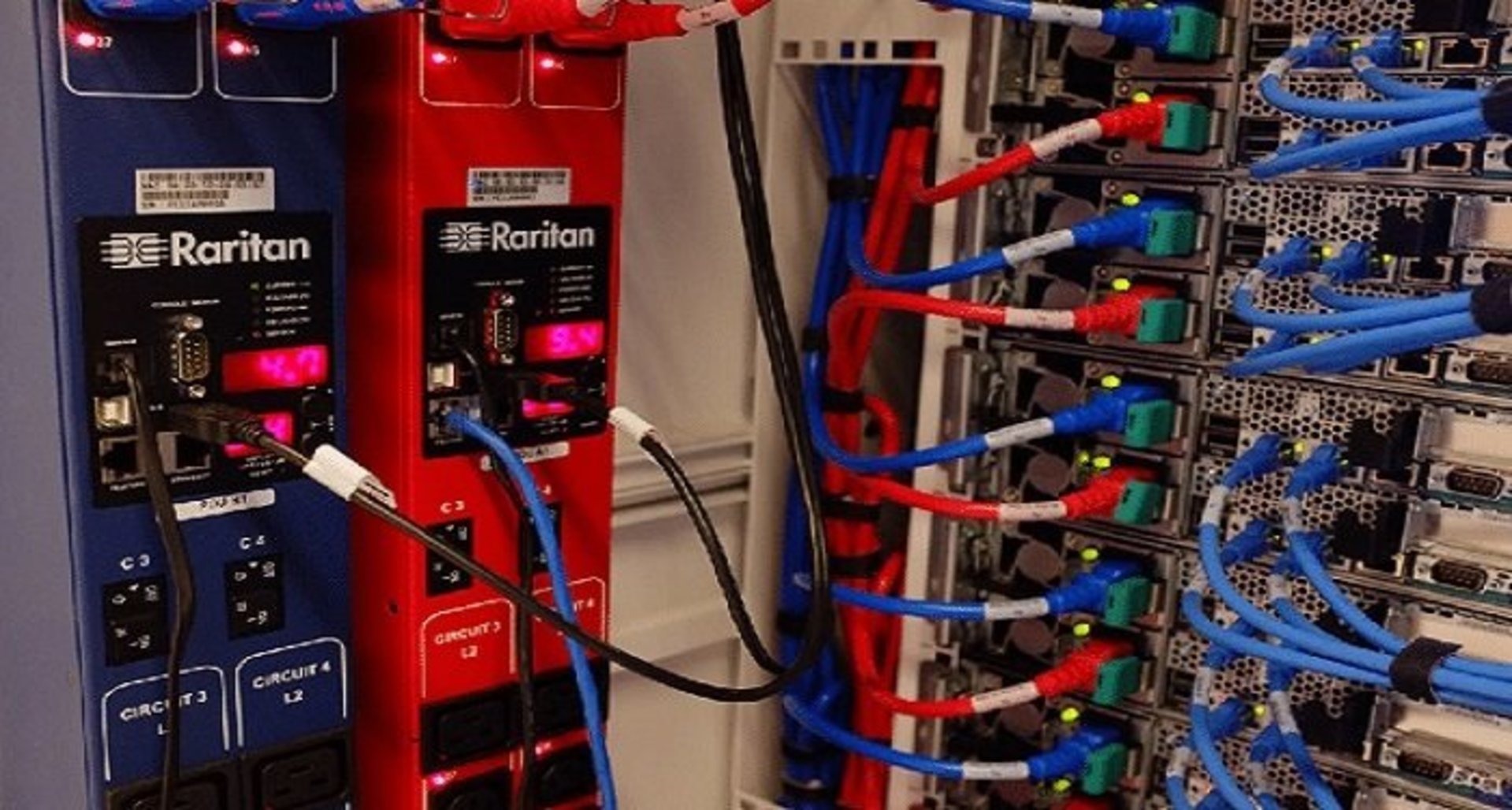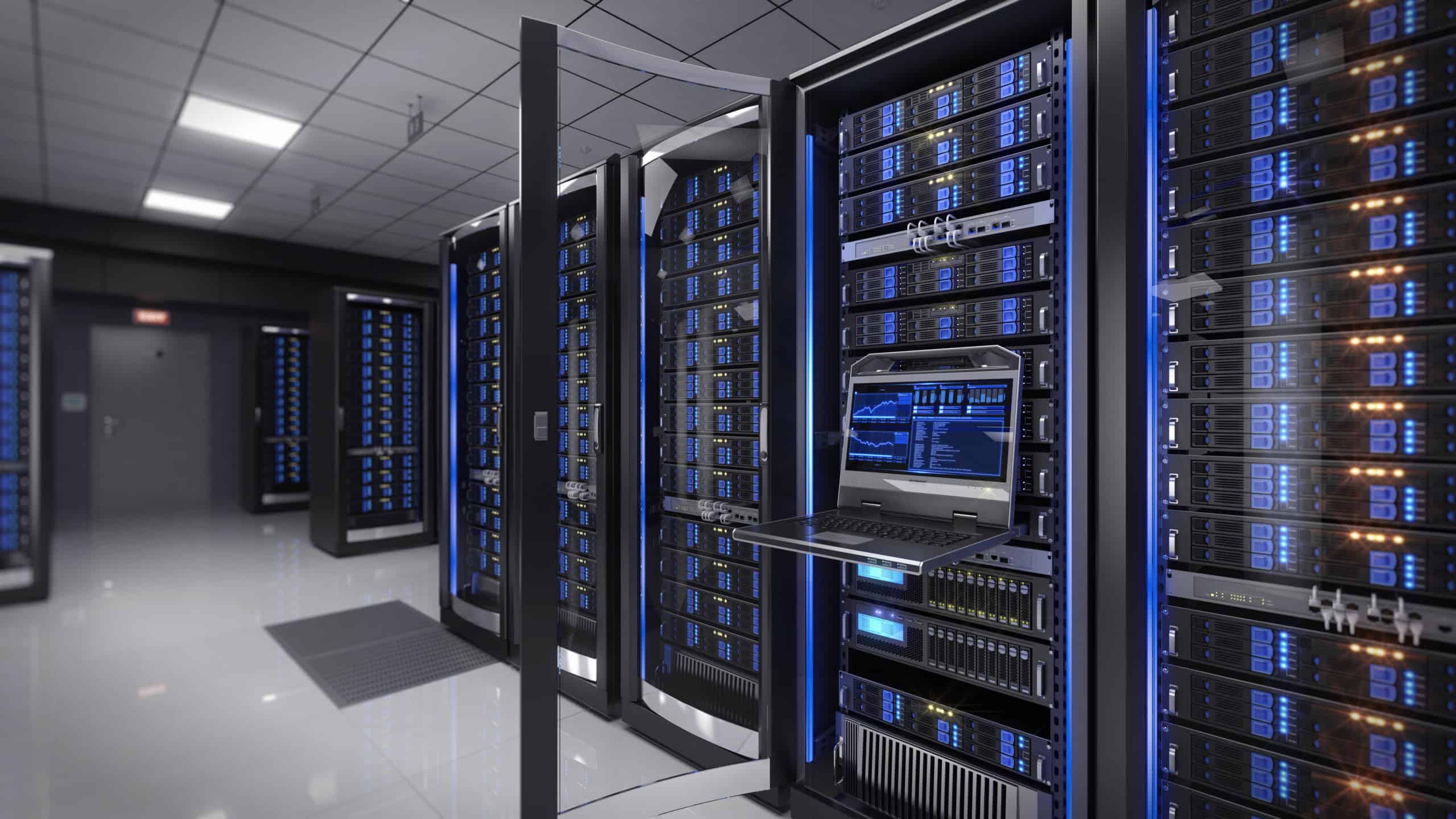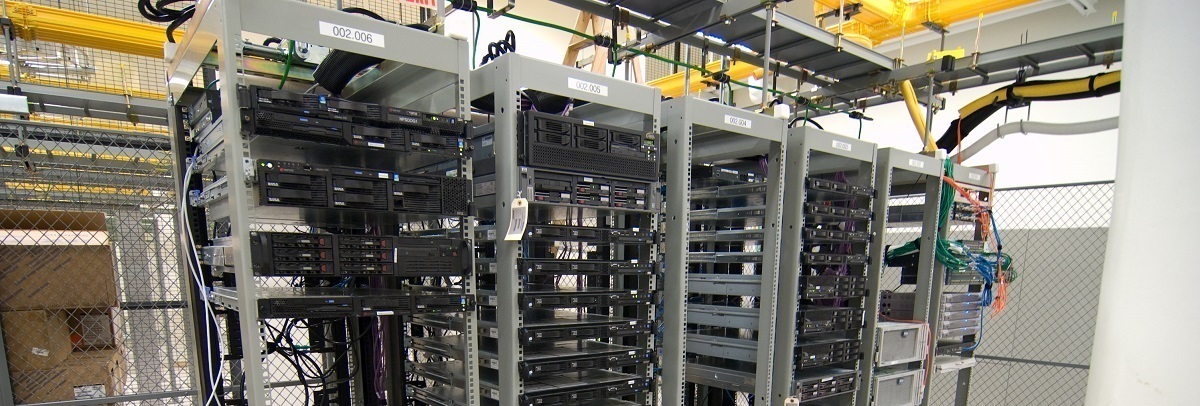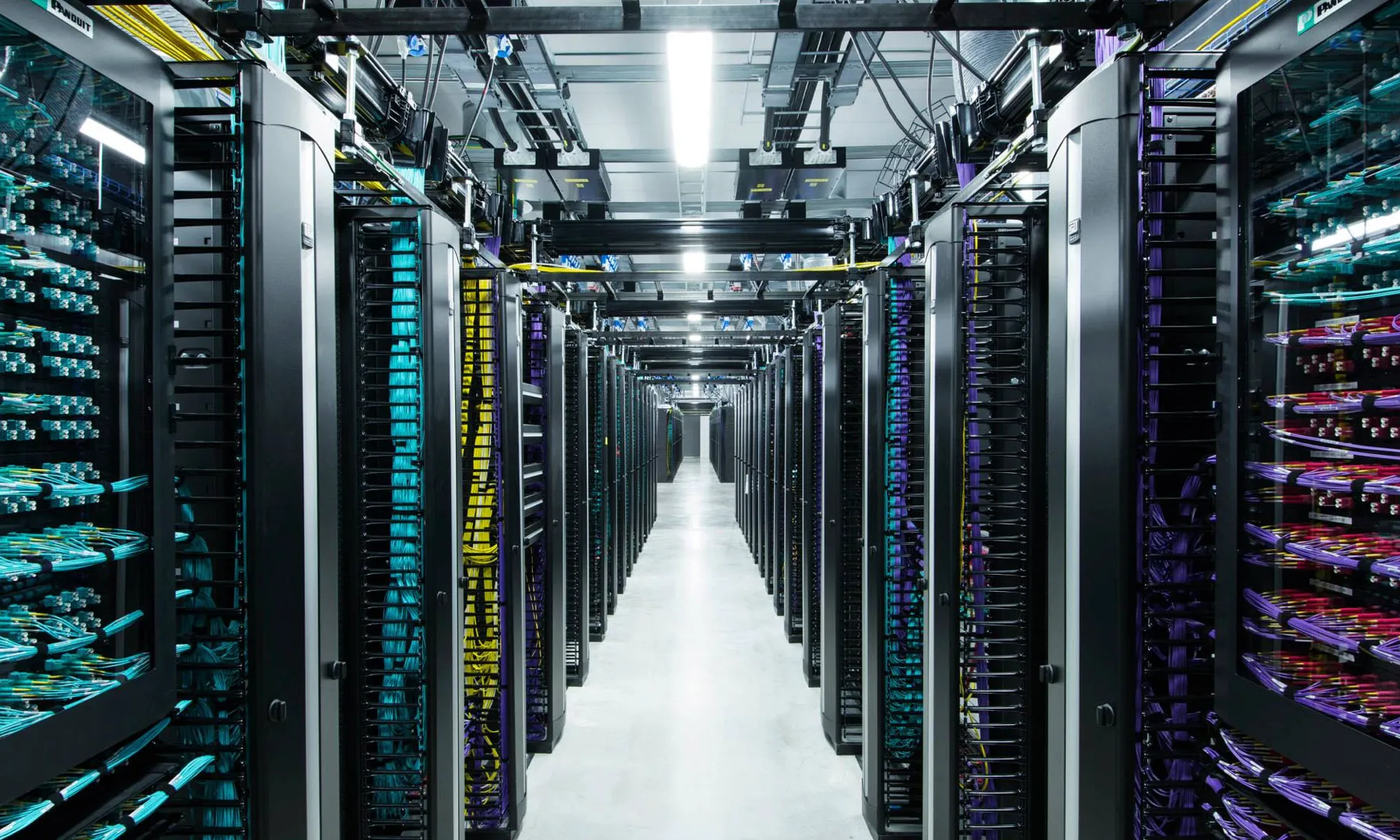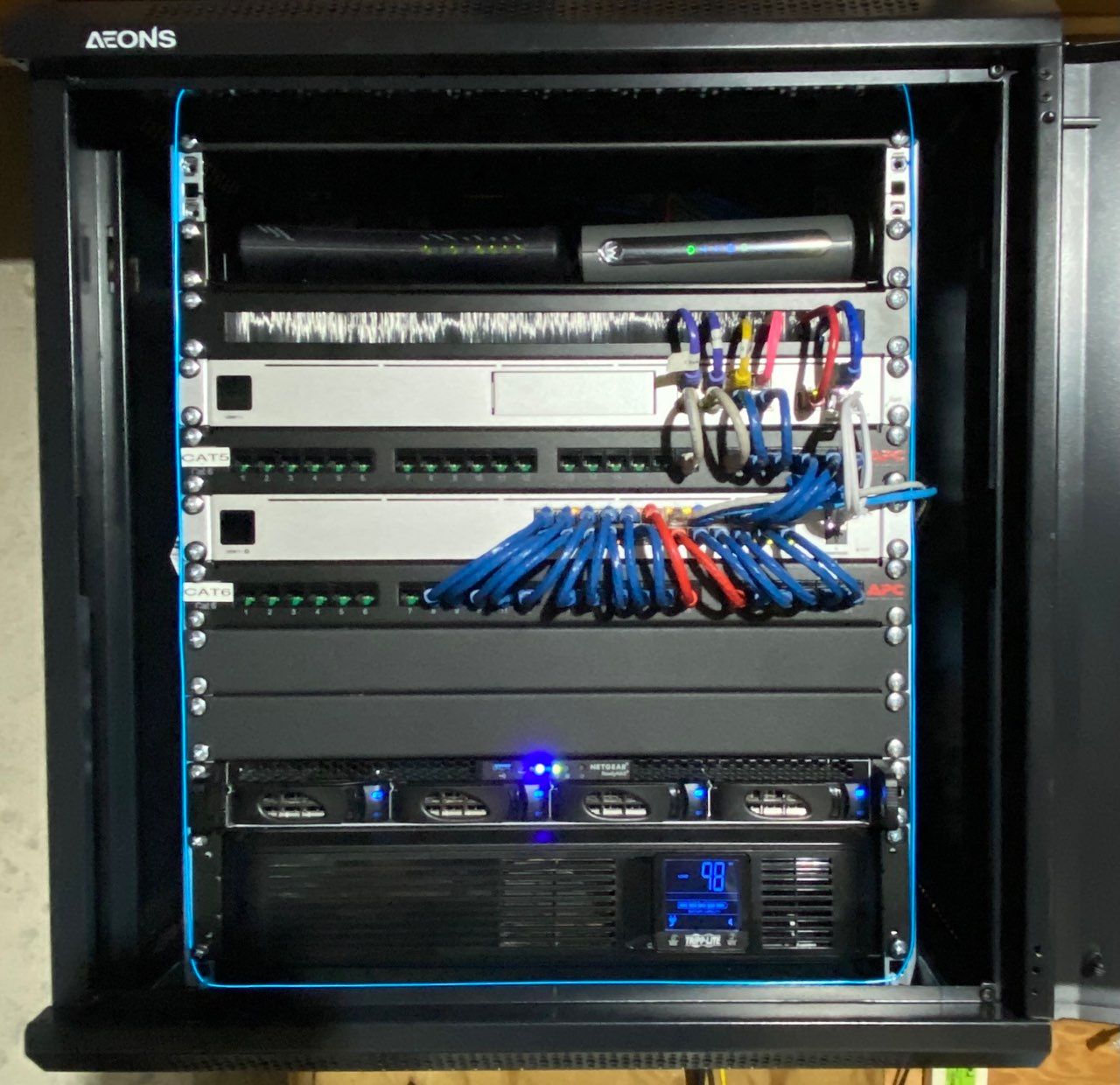Introduction
Installing server rack power distribution is a crucial step in setting up a reliable and efficient data center or server room. The proper installation of power distribution units (PDUs) ensures that the sensitive electronic equipment receives a stable and consistent power supply, reducing the risk of downtime and equipment failure. Whether you are building a new data center or upgrading your existing infrastructure, following the right steps for installing server rack power distribution is essential.
In this guide, we will walk you through the process of installing server rack power distribution in a systematic and efficient manner. From determining your power requirements to securing and organizing the power cables, we will cover all the necessary steps to ensure a smooth and effective installation.
Before we dive into the installation process, it is important to emphasize the importance of safety. When working with power distribution units and electrical connections, always prioritize your safety and follow proper safety precautions. If you are not confident in your electrical skills, it is recommended to consult a professional electrician.
Now, let’s get started with the step-by-step guide on how to properly install server rack power distribution.
Step 1: Determine the Power Requirements
Before installing server rack power distribution, it is essential to assess the power requirements of your equipment. This step will help you determine the appropriate type and capacity of the power distribution unit (PDU) needed.
Start by making a list of all the devices that will be connected to the PDU. Include servers, switches, routers, storage devices, and any other equipment in your data center or server room. Take note of their power ratings, expressed in watts or amps.
Once you have compiled the list, calculate the total power consumption. This will give you an idea of the overall power requirements for your setup. Ensure that the PDU has a power rating that can handle the total load, with some room for future expansion.
In addition to total power consumption, consider the power redundancy requirements. Redundancy is essential to ensure uninterrupted operation in case of a PDU failure. Depending on your needs and budget, you may opt for a single-corded or dual-corded PDU. Dual-corded PDUs provide redundancy by connecting each power supply of the equipment to a separate PDU.
Another factor to consider is the type of power input and output required. Most PDUs support either AC (Alternating Current) or DC (Direct Current) input. Determine the type of power supply available in your data center or server room and choose a PDU that matches the input requirements. The output type should also be compatible with the equipment you are connecting.
Lastly, think about any specific power distribution requirements you may have. This could include features such as metering capabilities, remote management options, or surge protection. Evaluate your needs and choose a PDU that offers the desired features.
By thoroughly assessing your power requirements, you can ensure that you choose the right PDU for your server rack. This step is crucial as it forms the foundation for a successful power distribution installation.
Step 2: Choose the Right PDU
Once you have determined the power requirements for your server rack, the next step is to select the appropriate power distribution unit (PDU). The right PDU will meet your power needs, provide the necessary features, and ensure reliable power distribution to your equipment.
When choosing a PDU, consider the following factors:
- PDU Type: There are different types of PDUs available, including basic PDUs, metered PDUs, switched PDUs, and intelligent PDUs. Basic PDUs offer simple power distribution, while metered PDUs provide power monitoring capabilities. Switched PDUs add remote power management features, and intelligent PDUs offer advanced monitoring and control options. Select the PDU type that aligns with your requirements and budget.
- Mounting Options: PDUs come in various mounting options, such as vertical mount, horizontal mount, or rack mount. Consider the available space in your server rack and choose a PDU that fits securely and efficiently.
- Capacity and Outlets: Evaluate the maximum power capacity of the PDU and ensure it can handle the total power consumption of your equipment. Additionally, check the number of outlets available on the PDU and make sure it has enough to accommodate all the devices in your server rack.
- Input and Output Connections: Verify that the PDU has the correct input and output connections to match your power supply and equipment requirements. Common connection types include NEMA, IEC, and NEMA locking plugs.
- Redundancy and Failover: Depending on your power redundancy needs, choose a single-corded or dual-corded PDU. Dual-corded PDUs offer redundancy by connecting equipment to separate power sources, minimizing the risk of downtime.
Consider your specific needs, including power capacity, monitoring requirements, and remote management capabilities, when selecting a PDU. Research different brands and models, read customer reviews, and consult with industry experts if needed.
Choosing the right PDU ensures that you have a reliable and efficient power distribution system in your server rack. It is an essential step in ensuring the smooth operation of your data center or server room.
Step 3: Position the PDU in the Server Rack
Once you have chosen the right power distribution unit (PDU) for your server rack, the next step is to position it correctly. Proper placement of the PDU ensures easy access to power outlets and organized cable management.
Follow these guidelines when positioning the PDU in the server rack:
- Choose an accessible location: Select a location in the server rack that is easy to reach and does not obstruct other equipment or cables. This will allow for convenient maintenance and troubleshooting in the future.
- Align with power inputs: Position the PDU so that its input connection aligns with the available power source. This ensures a direct and secure connection without strain on the power cables.
- Elevate if necessary: If your server rack has a raised floor, consider placing the PDU on a rack-mounted platform or shelf. This elevation helps to protect the PDU from potential water damage and allows for better cable management.
- Avoid ventilation obstructions: Ensure that the PDU does not obstruct the ventilation airflow in the server rack. Proper airflow is crucial for maintaining optimal temperature levels and preventing overheating of the equipment.
Furthermore, it is recommended to position the PDU near the top or bottom of the server rack, depending on your cable management preferences. Placing it at the top makes it easier to connect power cables to equipment located higher in the rack. Conversely, positioning it at the bottom avoids cable clutter and interference with other cables in the rack.
Before fixing the PDU in place, double-check its alignment and ensure that it is securely fastened to the server rack. Use appropriate mounting brackets or screws according to the rack type and manufacturer’s instructions.
By correctly positioning the PDU in the server rack, you will have convenient access to power outlets and can maintain a tidy and well-organized cable management system.
Step 4: Prepare the Power Cables
After positioning the power distribution unit (PDU) in the server rack, the next step is to prepare the power cables that will connect the PDU to your equipment. Proper preparation of the power cables ensures a secure and efficient power distribution system.
Follow these guidelines when preparing the power cables:
- Choose the appropriate cable type: Select power cables that are rated for the voltage and current requirements of your equipment. Use cables with proper connectors that match the outlets on the PDU and the power inputs of your devices.
- Measure and cut the cables: Measure the distance required to connect the PDU to each device in the server rack. When cutting the cables, leave enough length for flexibility and future adjustments, but avoid excessive slack to maintain a tidy appearance.
- Strip and terminate the cable ends: Strip the insulation from the ends of the power cables using wire strippers. Take care not to cut into the wire strands. Then, terminate the cable ends by crimping appropriate connectors or attaching them securely to terminal blocks.
- Label the cables: Use labels or markers to identify each power cable. Labeling makes it easier to trace and troubleshoot connections, especially in larger server racks with numerous devices.
- Inspect for damage: Before connecting the power cables to the PDU, inspect them thoroughly for any signs of damage, such as frayed wires or exposed conductors. Replace any damaged cables to avoid potential hazards.
It is important to handle the power cables with care and avoid excessive bending or twisting that could damage the conductors. Ensure that the connectors are fully inserted and securely fastened to provide a reliable connection.
Additionally, consider using cable management accessories such as cable sleeves, cable ties, or cable management arms to keep the power cables organized and prevent tangling or accidental disconnections. This promotes better airflow and makes future maintenance or additions easier.
By properly preparing the power cables, you will have a well-organized and reliable power distribution system in your server rack, reducing the risk of power interruptions and equipment damage.
Step 5: Connect the Power Cables to the PDU
Now that you have prepared the power cables, it is time to connect them to the power distribution unit (PDU) in the server rack. Connecting the power cables properly ensures a secure and efficient power distribution system to your equipment.
Follow these guidelines when connecting the power cables to the PDU:
- Consult the PDU manual: Refer to the manufacturer’s instructions or user manual of your specific PDU model. These instructions may provide valuable insight into the connector types, cable routing, and any special considerations for your PDU.
- Verify the proper alignment: Align the connectors on the power cables with the outlets on the PDU. Ensure that each connector is oriented correctly, avoiding any forceful connections that could damage the connector or pins.
- Secure connections: Insert the power cable connectors firmly into the outlets on the PDU. Use any locking mechanisms or retention clips provided to ensure a secure connection that won’t accidentally disconnect or loosen over time.
- Organize cable routing: Arrange the power cables in a neat and organized manner within the server rack. Use cable management solutions such as cable trays or clips to route the cables along the rack sides or designated cable management channels.
- Avoid cable strain: Avoid placing excessive strain on the power cables or connectors. Make sure the cables have enough slack to allow for any movement or adjustment of the connected devices, but also avoid excessive slack that could create a messy and tangled cable setup.
Take note of any power redundancy requirements and ensure that each device is connected to a power source from a separate power distribution unit or power feed. This redundancy helps mitigate the risk of downtime due to a single PDU failure.
Double-check each power cable connection to ensure they are properly inserted and securely fastened. Any loose connections can cause intermittent power loss, instability, or equipment malfunction. Secure and organized power cable connections contribute to a reliable and efficient power distribution system.
By following these steps to connect the power cables to the PDU, you will have a well-connected server rack with a solid power distribution infrastructure.
Step 6: Secure and Organize the Power Cables
After connecting the power cables to the power distribution unit (PDU), it is crucial to secure and organize them properly. This step ensures that the power cables are neatly arranged, minimizing the risk of accidental disconnections, and promoting efficient cable management within the server rack.
Follow these guidelines to secure and organize the power cables:
- Use cable management solutions: Utilize cable management accessories such as cable ties, Velcro straps, or cable management arms to bundle and route the power cables. These accessories help to prevent cable tangles, maintain proper cable tension, and allow for easy identification and tracing of specific cables when necessary.
- Group cables by function: Consider grouping power cables based on their functionality or connection destination. For example, separate power cables for servers, switches, or other specific equipment. This grouping simplifies cable management and makes it easier to locate and troubleshoot specific connections.
- Avoid cable strain: Ensure that the power cables are not under excessive tension or strain. Avoid sharp bends, kinks, or any obstacles that may cause damage to the cables or connectors over time. Allow for some slack in the cables to accommodate any movement or reconfiguration of the connected equipment.
- Label the cables: Labeling each power cable can be immensely helpful in identifying and tracing certain connections. Use labels or tags that clearly indicate the device or equipment they are connected to. This labeling practice simplifies maintenance, troubleshooting, and any future modifications or additions.
- Secure loose cables: Use cable clips or adhesive mounts to fasten power cables to the server rack or adjacent cable management accessories. This prevents the cables from hanging loosely, reduces clutter, and improves airflow within the rack.
Regularly inspect the power cables and cable management setup to ensure that everything remains secure and organized. Any loose or damaged cables should be addressed promptly to maintain a reliable power distribution system.
Efficient cable management not only improves the overall aesthetic of the server rack but also has practical benefits, such as enhancing airflow, preventing accidental disconnections, and simplifying maintenance and troubleshooting processes.
By adhering to these guidelines, you can secure and organize the power cables in your server rack for a well-managed and reliable power distribution infrastructure.
Step 7: Test the Power Distribution
Once you have completed the installation of the power distribution unit (PDU) and organized the power cables in the server rack, the final step is to test the power distribution system to ensure everything is functioning properly. Testing allows you to identify any potential issues or shortcomings before fully relying on the power distribution system for your equipment.
Follow these guidelines to test the power distribution:
- Power on the equipment: Start by powering on all the connected devices in the server rack. Monitor their startup sequence to ensure that they receive power and initiate without any issues.
- Verify power availability: Check that each device is receiving power from the PDU. Verify the power indicators or use a multimeter to measure the voltage or current at various points within the server rack to ensure the desired power levels are being delivered.
- Perform load testing: Implement a load testing procedure to simulate and assess the system’s performance under heavy power consumption. Use appropriate tools or software to stress test the devices and monitor any potential power fluctuations, overheating, or abnormal behavior.
- Validate redundancy: If you have deployed redundant power configurations, such as dual-corded PDUs, verify that the devices are successfully receiving power from separate power sources. Safely disconnect one power source at a time to ensure a seamless failover without any interruptions.
- Maintain documentation: Document the power distribution setup, including the PDU model, power ratings, connected devices, and cable routing. This documentation serves as a reference for future maintenance, configuration changes, or troubleshooting.
- Regular monitoring and maintenance: Periodically monitor the power distribution system to ensure ongoing reliability. Perform routine inspections of power cables, check for any signs of wear or damage, and address any issues promptly. Routinely test the system to identify and fix any potential problems before they escalate.
By thoroughly testing the power distribution system, you can ensure the proper functioning of the PDU, power delivery to the connected devices, and the system’s ability to sustain the required power load. Regular monitoring and maintenance will help maintain optimal performance and prevent potential disruptions.
Remember to carefully follow safety precautions during testing and, if needed, consult with a qualified electrician or IT professional for guidance.
With a successfully tested power distribution system, you can confidently rely on your server rack to provide stable and consistent power to your critical equipment.
Conclusion
Installing server rack power distribution is a crucial task in setting up a reliable and efficient data center or server room. By following the step-by-step guide outlined in this article, you can ensure that the power distribution system in your server rack is properly installed and functioning optimally.
We began by emphasizing the importance of assessing your power requirements, choosing the right power distribution unit (PDU), and positioning it correctly within the server rack. These initial steps lay the foundation for a successful power distribution installation. Next, we explored how to prepare the power cables and connect them securely to the PDU, ensuring a reliable power connection to the equipment.
With the power cables connected, we discussed the significance of securing and organizing them within the server rack. This step promotes efficient cable management, reduces the risk of accidental disconnections, and improves overall airflow and maintenance processes. Finally, we concluded by emphasizing the importance of testing the power distribution system, validating power availability, and performing load testing to ensure the system can handle the required power load.
Remember, safety is of paramount importance throughout the installation process. If you are not confident in your electrical skills, do not hesitate to consult a professional electrician for assistance.
By diligently following these steps and regularly monitoring and maintaining the power distribution system, you can ensure that your data center or server room is equipped with a reliable and efficient power infrastructure. A properly installed power distribution system minimizes the risk of downtime and equipment failure, ultimately enhancing the performance and reliability of your critical IT infrastructure.







